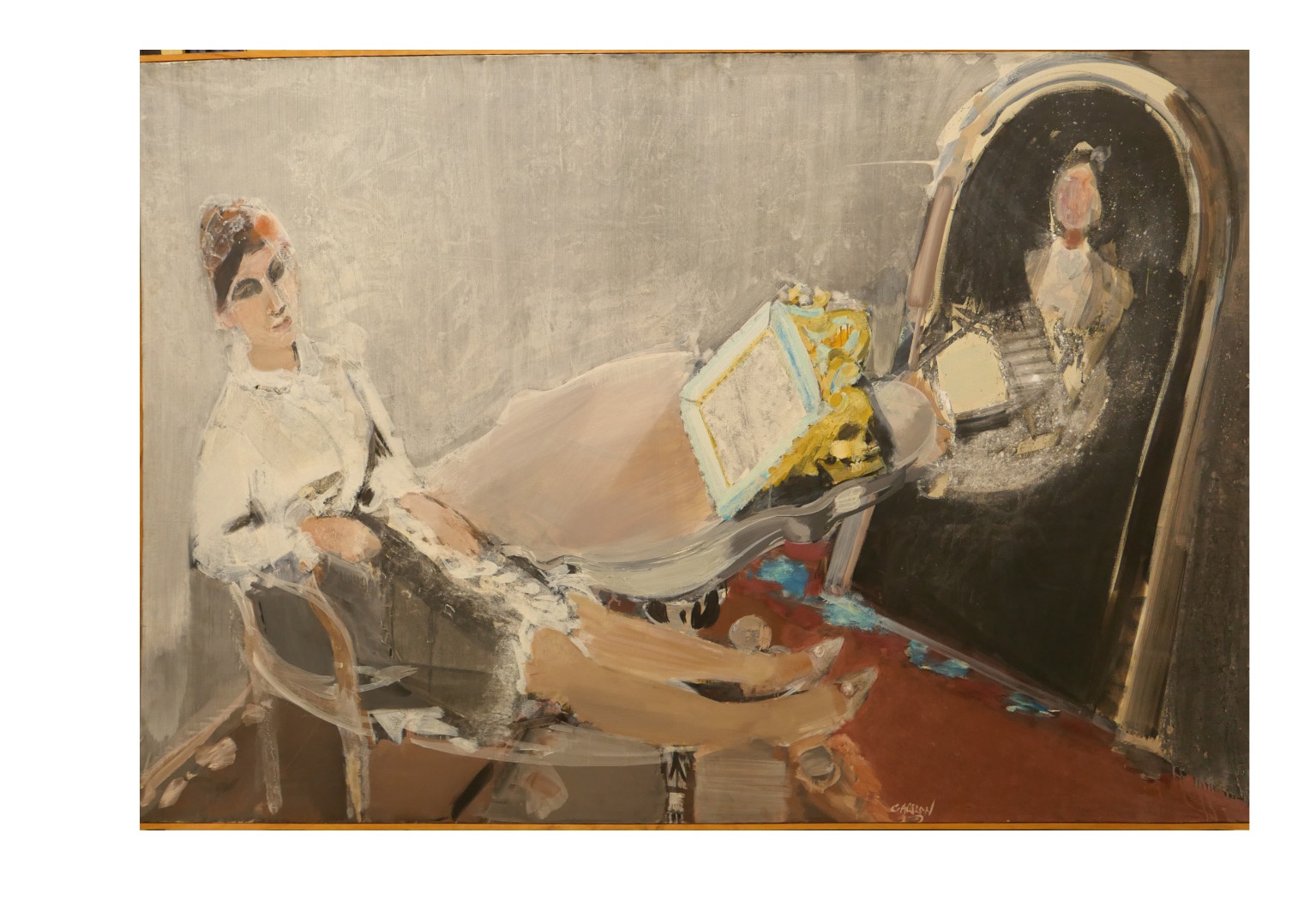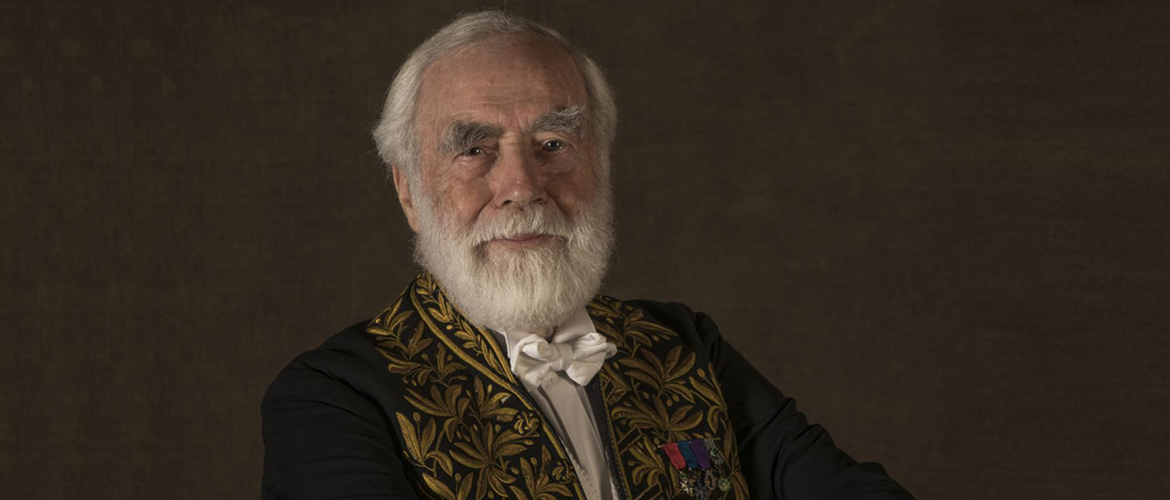It is with sadness that we learned this week, the passing of Pierre Carron. Painter, sculptor and academician Pierre Carron, was always faithful to the Beaux-Arts de Paris, where he was trained and then taught for thirty years (1967-1997).
Born in 1932 in Fécamp, Pierre Carron learned drawing at the Ecole des Beaux-Arts du Havre and then at the Ecole Nationale des Arts Décoratifs in Paris. He entered the Ecole Nationale Supérieure des Beaux-Arts de Paris as a student in 1952, from which time he participated in numerous exhibitions.
He was awarded the Prix de la Critique in 1957 and the Premier Grand Prix de Rome for painting in 1961. From 1961 to 1964, Pierre Carron stayed at the Villa Medici where he met Balthus, then director of the Villa, with whom he became friends.
Appointed professor at the Beaux-Arts de Paris in 1967, he taught there until 1997. Initially in charge of the still life workshop in the field of drawing and painting, he took over Raymond Legueult's workshop. In 1968 he founded the Groupe de Recherche des Moyens d'Expression Plastique and the course Analyse d'une oeuvre.
He was elected to the Académie des Beaux-Arts in 1990.
Pierre Carron painted and sculpted with poetry childhood, landscapes, seascapes ... "I have a fundamental taste for childhood and deep down, I feel unable to live the life of adults with whom I am often uncomfortable, intimidated" he confided.
For the Beaux-Arts de Paris, Pierre Carron was both a particularly brilliant student ("one of the most gifted painters of the young generation" in the words of the director at the time) and a prominent teacher, since he taught there for over thirty years. The collections preserve the work that constitutes the pinnacle of his training, his Prix de Rome (1960). The artistic context made this a major challenge, as André Malraux was working to modernize the competition. The subject chosen that year left a great deal of freedom of interpretation to the candidates, since it was a question of paying homage to a painter - with a choice of Fouquet, Bosch, Poussin, Tintoretto, Goya - with the injunction to propose a personal work. It is hardly surprising that Carron, who had been exceptionally demobilized from the Algerian War to participate in the competition, chose the "black" painter Goya. He delivered a singular interpretation, imbued with a poetic sadness, both dark and bright.
His funeral will be celebrated this Friday, March 25 at the church of Saint-Germain-des-Prés.
Photo credit: Yann Arthus-Bertrand

Prix de Rome 1960



